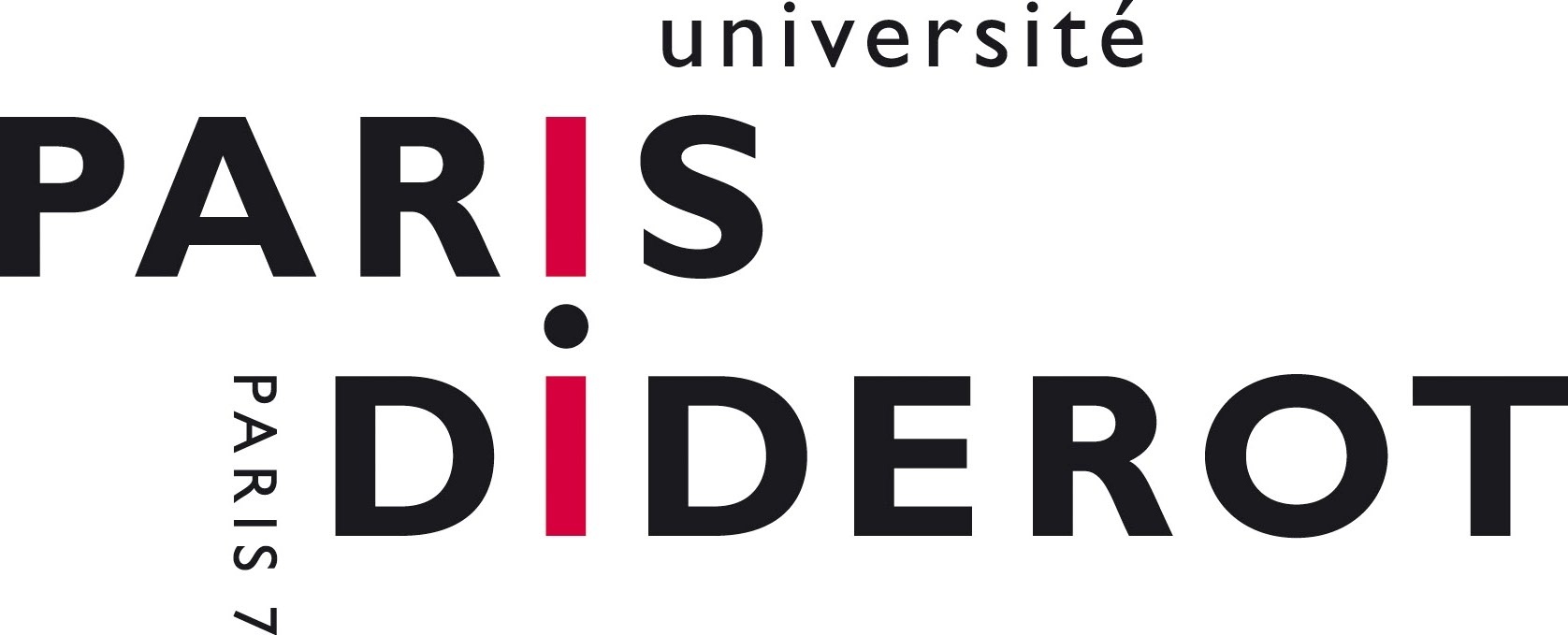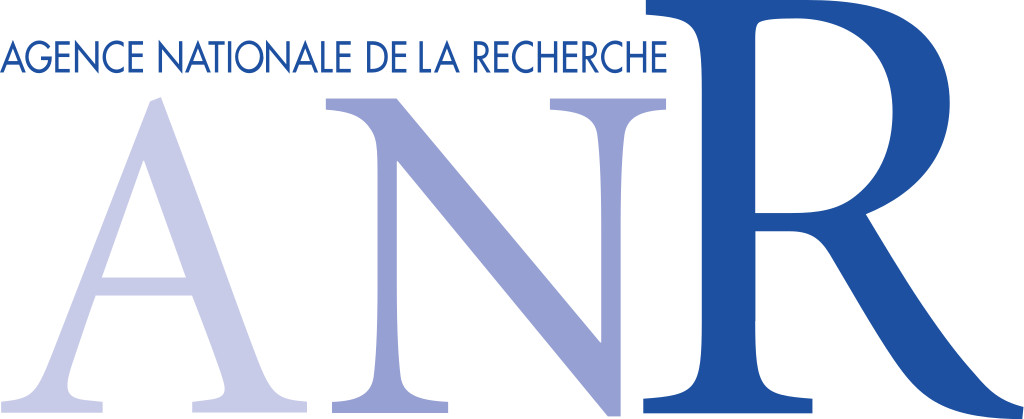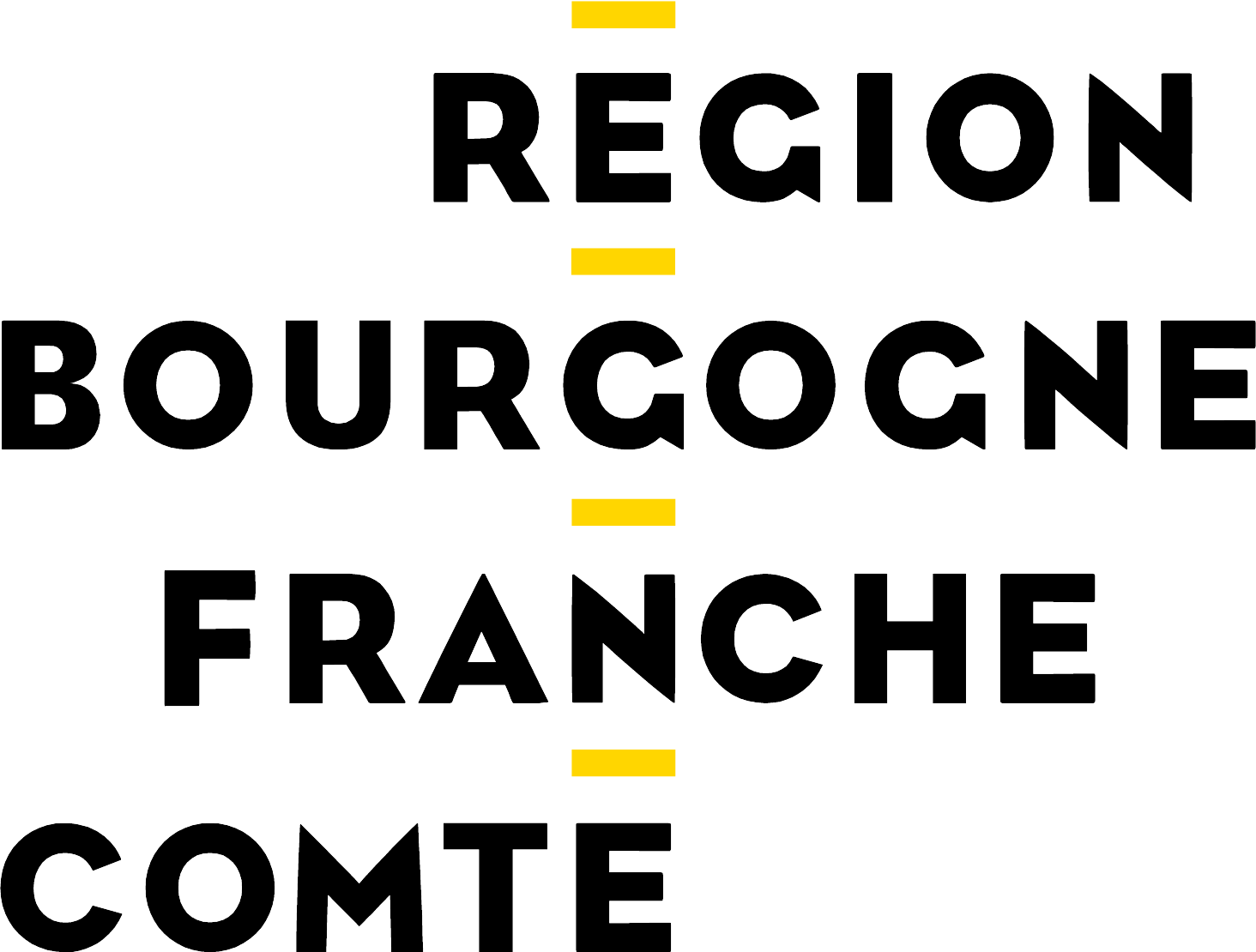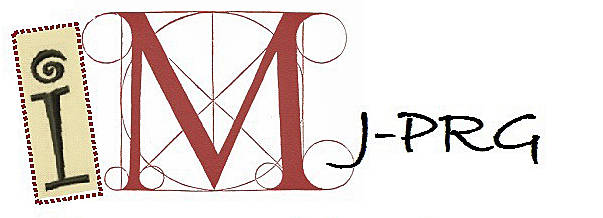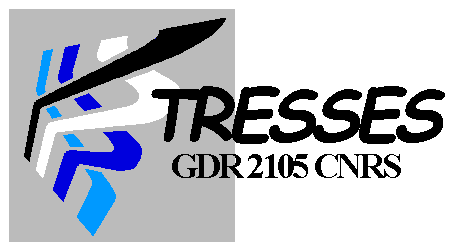You can download the program.
Anna Beliakova (Universität Zürich)
Title: Blanchet–Khovanov algebras and functoriality of the Khovanov homology
Abstract:
In this talk I will present our new view on the Christian Blanchet solution of the functoriality problem for the Khovanov homology. It results in the construction of the Blanchet–Khovanov algebras and few new functorial theories such as sl(2) tangle homology, quantum annular homology and a categorification of the colored Jones polynomial.
The proofs are based on a simple geometric idea: replacing a foam with two intersecting surfaces and analyzing how deformations of these surfaces affect the foam.
This is joint work with Kris Putyra, Matt Hogancamp and Stephan Wehrli.
June 11th, 14:15 – 15:15
Nicolas Bergeron (Université Pierre et Marie Curie)
Title: Growth of homological torsion of arithmetic groups
Abstract:
A conjecture, stated jointly with Akshay Venkatesh, predicts the degrees in which one should expect that the homology of an arithmetic group has "a lot", or fairly "little", torsion. There is very little clear evidence supporting this conjecture. After recalling its statement, I'll explain how, in work in progress with Miklos Abert, Mikolaj Fraczyk et Damien Gaboriau, we check that there is "little" torsion in the homology of congruence subgroups of SLN(ℤ) in degree <N-1. Our technics apply to other arithmetic groups, as well as to finite index subgroups of the mapping class group of a genus 2 surface.
June 12th, 14:15 – 15:15
Vincent Colin (Université de Nantes)
Title: Low-dimensional invariants via contact topology
Abstract:
I will discuss some topological invariants of knots (Heegaard–Floer or Khovanov homologies) that can be expressed via contact topology. This involves joint works with Paolo Ghiggini, Ko Honda, Gilberto Spano and Yin Tian.
June 12th, 15:45 – 16:45
Francesco Costantino (Université de Toulouse)
Title: TQFTs and non semi-simple invariants
Abstract:
I will review the construction of link invariants from ribbon categories and explain how the non semi-simple case differs from the standard one by recalling what a modified trace is. I will provide two examples of categories with modified traces : the modules over the unrolled version of Uq(𝔰𝔩2) and modules over a finite dimensional Hopf algebras. Then I will outline how one can produce invariants of three manifolds from these categories and possibly even TQFTs. (These results are taken from multiple joint collaborations with C. Blanchet, N. Geer and B. Patureau-Mirand).
June 12th, 11:30 – 12:30
Christine Lescop (Université Grenoble Alpes — CNRS)
Title: Counting graph configurations in 3-manifolds
Abstract:
We will show several ways of counting graph configurations in homology 3-spheres, in order to obtain topological invariants of these 3-manifolds, and of their links. The study of these invariants is inspired by the Witten study of the perturbative expansion of the Chern–Simons theory, and our ways of counting come from a discretization of a topological construction proposed by Kontsevich for these invariants. We will show concrete examples of computations for these invariants.
June 11th, 16:45 – 17:45
Gregor Masbaum (Institut de Mathématiques de Jussieu – Paris Rive Gauche — CNRS)
Titre: On the skein module of the product of a surface and a circle
Résumé:
We show how to use Witten–Reshetikhin–Turaev invariants and Topological Quantum Field Theory to study skein modules of 3-manifolds. As an application, we obtain a lower bound for the dimension, over the fraction field, of the Kauffman bracket skein module of the product of a closed oriented surface and a circle.
June 12th, 9:30 – 10:30
Ramanujan Santharoubane (Université Paris-Sud)
Title: About the AMU conjecture
Abstract: Surface mapping class groups act on finite dimensional complex vector spaces arising from Witten Reshetikhin–Turaev TQFT's. For a given mapping class group, theses actions are indexed by an integer called the level. One of their main features is that the action of single a Dehn twist is always of finite order although the action of the whole mapping class group is non trivial. In 2005, Andersen, Masbaum and Ueno conjectured that a pseudo-Anosov homeomorphism should act with infinite order for all but finitely many levels. In some sense, this conjecture says that the Nielsen–Thurston classification of surface homeomorphisms is nicely packaged in TQFT. This is still an open problem but I will present the different known approaches and results in this direction.
June 12th, 15:45 – 16:45
Vladimir Turaev (Indiana University)
Title: Topological constructions of tensor fields on moduli spaces
Abstract:
I will explain how topology of a space may lead to tensor fields on (the smooth part of) moduli spaces of the fundamental group.
June 12th, 11:00 – 11:30
Pierre Vogel (Université Paris 7 – Denis Diderot)
Title: A few words about Christian's path (in French)
June 11th, 11:15 – 12:15
Emmanuel Wagner (Université de Bourgogne)
Title: Categorification of 1 and of the Alexander polynomial
Abstract:
I'll give a combinatorial and down-to-earth definition of the symmetric gl(1) homology. It is a (non-trivial) link homology which categorifies the trivial link invariant (equal to 1 on every link). Then I'll explain how to use this construction to categorify the Alexander polynomial. Finally, if time permits, I will relate this construction to the Hochschild homology of Soergel bimodules (joint with L-H. Robert)
Talks
June 11th, 9:45 – 10:45Anna Beliakova (Universität Zürich)
Title: Blanchet–Khovanov algebras and functoriality of the Khovanov homology
Abstract:
In this talk I will present our new view on the Christian Blanchet solution of the functoriality problem for the Khovanov homology. It results in the construction of the Blanchet–Khovanov algebras and few new functorial theories such as sl(2) tangle homology, quantum annular homology and a categorification of the colored Jones polynomial.
The proofs are based on a simple geometric idea: replacing a foam with two intersecting surfaces and analyzing how deformations of these surfaces affect the foam.
This is joint work with Kris Putyra, Matt Hogancamp and Stephan Wehrli.
June 11th, 14:15 – 15:15
Nicolas Bergeron (Université Pierre et Marie Curie)
Title: Growth of homological torsion of arithmetic groups
Abstract:
A conjecture, stated jointly with Akshay Venkatesh, predicts the degrees in which one should expect that the homology of an arithmetic group has "a lot", or fairly "little", torsion. There is very little clear evidence supporting this conjecture. After recalling its statement, I'll explain how, in work in progress with Miklos Abert, Mikolaj Fraczyk et Damien Gaboriau, we check that there is "little" torsion in the homology of congruence subgroups of SLN(ℤ) in degree <N-1. Our technics apply to other arithmetic groups, as well as to finite index subgroups of the mapping class group of a genus 2 surface.
June 12th, 14:15 – 15:15
Vincent Colin (Université de Nantes)
Title: Low-dimensional invariants via contact topology
Abstract:
I will discuss some topological invariants of knots (Heegaard–Floer or Khovanov homologies) that can be expressed via contact topology. This involves joint works with Paolo Ghiggini, Ko Honda, Gilberto Spano and Yin Tian.
June 12th, 15:45 – 16:45
Francesco Costantino (Université de Toulouse)
Title: TQFTs and non semi-simple invariants
Abstract:
I will review the construction of link invariants from ribbon categories and explain how the non semi-simple case differs from the standard one by recalling what a modified trace is. I will provide two examples of categories with modified traces : the modules over the unrolled version of Uq(𝔰𝔩2) and modules over a finite dimensional Hopf algebras. Then I will outline how one can produce invariants of three manifolds from these categories and possibly even TQFTs. (These results are taken from multiple joint collaborations with C. Blanchet, N. Geer and B. Patureau-Mirand).
June 12th, 11:30 – 12:30
Christine Lescop (Université Grenoble Alpes — CNRS)
Title: Counting graph configurations in 3-manifolds
Abstract:
We will show several ways of counting graph configurations in homology 3-spheres, in order to obtain topological invariants of these 3-manifolds, and of their links. The study of these invariants is inspired by the Witten study of the perturbative expansion of the Chern–Simons theory, and our ways of counting come from a discretization of a topological construction proposed by Kontsevich for these invariants. We will show concrete examples of computations for these invariants.
June 11th, 16:45 – 17:45
Gregor Masbaum (Institut de Mathématiques de Jussieu – Paris Rive Gauche — CNRS)
Titre: On the skein module of the product of a surface and a circle
Résumé:
We show how to use Witten–Reshetikhin–Turaev invariants and Topological Quantum Field Theory to study skein modules of 3-manifolds. As an application, we obtain a lower bound for the dimension, over the fraction field, of the Kauffman bracket skein module of the product of a closed oriented surface and a circle.
June 12th, 9:30 – 10:30
Ramanujan Santharoubane (Université Paris-Sud)
Title: About the AMU conjecture
Abstract: Surface mapping class groups act on finite dimensional complex vector spaces arising from Witten Reshetikhin–Turaev TQFT's. For a given mapping class group, theses actions are indexed by an integer called the level. One of their main features is that the action of single a Dehn twist is always of finite order although the action of the whole mapping class group is non trivial. In 2005, Andersen, Masbaum and Ueno conjectured that a pseudo-Anosov homeomorphism should act with infinite order for all but finitely many levels. In some sense, this conjecture says that the Nielsen–Thurston classification of surface homeomorphisms is nicely packaged in TQFT. This is still an open problem but I will present the different known approaches and results in this direction.
June 12th, 15:45 – 16:45
Vladimir Turaev (Indiana University)
Title: Topological constructions of tensor fields on moduli spaces
Abstract:
I will explain how topology of a space may lead to tensor fields on (the smooth part of) moduli spaces of the fundamental group.
June 12th, 11:00 – 11:30
Pierre Vogel (Université Paris 7 – Denis Diderot)
Title: A few words about Christian's path (in French)
June 11th, 11:15 – 12:15
Emmanuel Wagner (Université de Bourgogne)
Title: Categorification of 1 and of the Alexander polynomial
Abstract:
I'll give a combinatorial and down-to-earth definition of the symmetric gl(1) homology. It is a (non-trivial) link homology which categorifies the trivial link invariant (equal to 1 on every link). Then I'll explain how to use this construction to categorify the Alexander polynomial. Finally, if time permits, I will relate this construction to the Hochschild homology of Soergel bimodules (joint with L-H. Robert)

